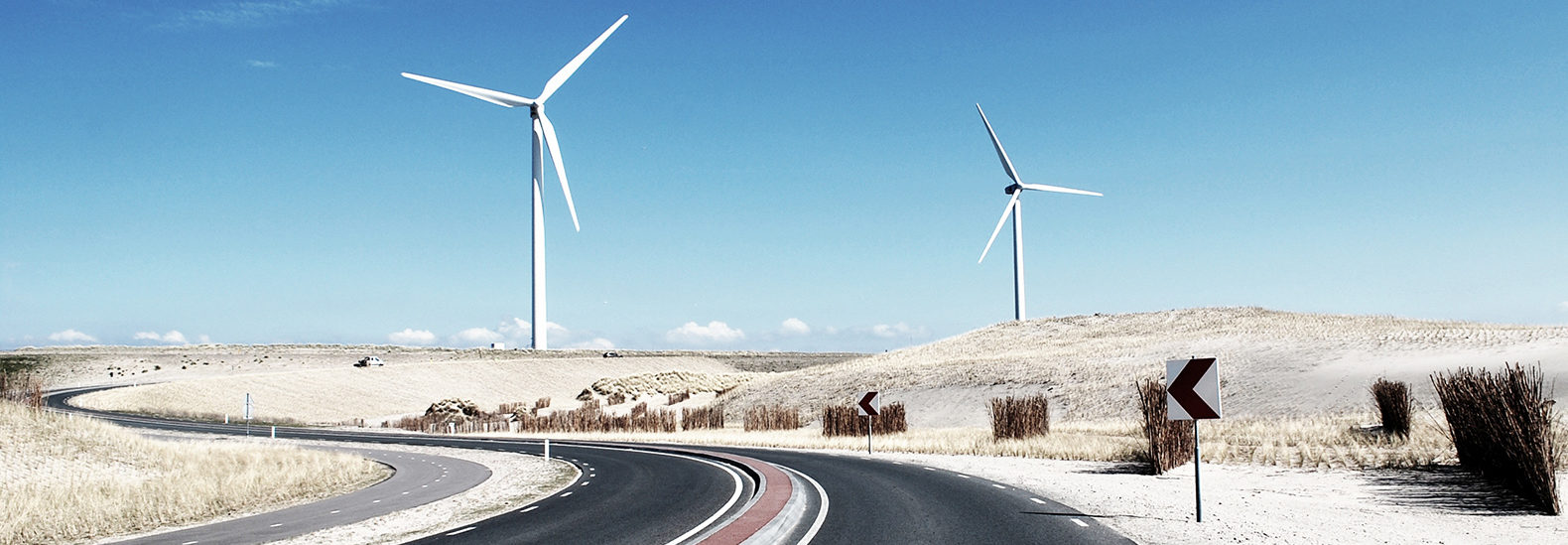Stanford University researchers have designed a new battery that could revolutionize renewable energy storage. Using urea, an affordable, natural and readily-available material found in mammal urine and fertilizers, the researchers have pioneered a battery that is notably more efficient than past iterations.
The battery, developed by Stanford chemistry professor Honjie Dai and doctoral candidate Michael Angell, uses an electrolyte made from urea – a material already produced in mass industrial quantities for use in plant fertilizers. Non-flammable and made with electrodes from abundant materials like aluminum and graphite, the battery presents a low-cost way for storing energy from many sources – including renewables.
“So essentially, what you have is a battery made with some of the cheapest and most abundant materials you can find on Earth. And it actually has good performance,” says Dai in a press release. “Who would have thought you could take graphite, aluminum, urea, and actually make a battery that can cycle for a pretty long time?”
Dai and his team were the first to make a rechargeable aluminum battery in 2015, which charged in less than a minute, while lasting for thousands of charge-discharge cycles. And they’ve improved on both the performance and cost of their latest model, which is about 100 times cheaper than the 2015 battery, with a higher efficiency of 1,500 charge-discharge cycles and a charging time of 45 minutes. This is also the first time that urea has been used to make a battery.
Energy storage is a huge challenge for solar power and other renewables, as users need a reliable way to store power for when their systems aren’t producing energy. The batteries currently on the market, including lithium ion and lead-acid batteries tend to be quite costly and don’t last that long.
But Dai and Angell believe their battery might be the solution to the conundrum of renewable energy storage. “It’s cheap. It’s efficient. Grid storage is the main goal,” says Angell.
“I would feel safe if my backup battery in my house is made of urea with little chance of causing fire,” added Dai.
The researchers have licensed their battery patents to AB Systems, a company founded by Dai, and a commercial version is on the way. They are also planning to work on increasing its life span down the road by further investigating its internal chemical processes.
Via Stanford



















